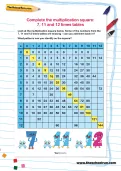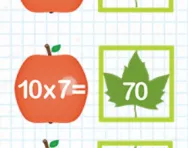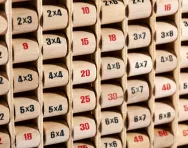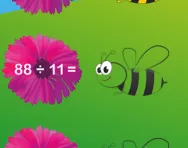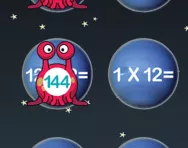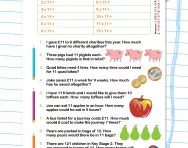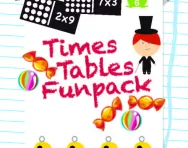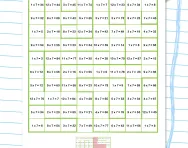Important update from TheSchoolRun
For the past 13 years, TheSchoolRun has been run by a small team of mums working from home, dedicated to providing quality educational resources to primary school parents. Unfortunately, rising supplier costs and falling revenue have made it impossible for us to continue operating, and we’ve had to make the difficult decision to close. The good news: We’ve arranged for another educational provider to take over many of our resources. These will be hosted on a new portal, where the content will be updated and expanded to support your child’s learning.
What this means for subscribers:
- Your subscription is still active, and for now, you can keep using the website as normal — just log in with your usual details to access all our articles and resources*.
- In a few months, all resources will move to the new portal. You’ll continue to have access there until your subscription ends. We’ll send you full details nearer the time.
- As a thank you for your support, we’ll also be sending you 16 primary school eBooks (worth £108.84) to download and keep.
A few changes to be aware of:
- The Learning Journey weekly email has ended, but your child’s plan will still be updated on your dashboard each Monday. Just log in to see the recommended worksheets.
- The 11+ weekly emails have now ended. We sent you all the remaining emails in the series at the end of March — please check your inbox (and spam folder) if you haven’t seen them. You can also follow the full programme here: 11+ Learning Journey.
If you have any questions, please contact us at [email protected]. Thank you for being part of our journey it’s been a privilege to support your family’s learning.
*If you need to reset your password, it will still work as usual. Please check your spam folder if the reset email doesn’t appear in your inbox.
Complete the multiplication square: 7, 11 and 12 times tables
What times tables should a Year 4 child know?
By Year 4, a child should be confident with the times tables up to 12 × 12. This means they should know the multiplication facts for all numbers from 1 through 12. Being confident with times tables by the end of Year 4 will set your child up for success in their future maths learning.
How can you help your Year 4 child learn their times tables?
To help children grasp times tables, it's essential to start with counting in sequences. Using tools like Unifix cubes or building blocks, children can create visual patterns that represent times tables, making it easier to understand and remember. For example, if learning the 3x table, they can build sticks of 3, 6, 9 and visually follow the sequence.
Another method is using a 100-number square, where children colour in multiples of a number (like 4) to see patterns emerge.
Engage your child with simple games using coloured cards, where they match multiplication questions to answers, and use speed grids to track their progress. Address tricky problems by singling them out—write challenging equations on a large sheet of paper and display it prominently.
Lastly, introduce the correct vocabulary, explaining factors and multiples through examples, like 6 x 4 = 24, where 6 and 4 are factors, and 24 is a multiple of both. This reinforces understanding and prepares them for more advanced math concepts.
How do multiplications squares work?
A multiplication square, also known as a multiplication grid or times table grid, is a helpful tool for visualising and learning multiplication facts.
A multiplication square has numbers along the top row and down the left column, typically from 1 to 12. To find the product of two numbers, you find one number on the top row and the other on the left column, then follow those to where they intersect in the grid, which shows the answer.
This tool is great for spotting patterns and memorising multiplication tables. For example, you can see how numbers multiply by following rows and columns, which makes it easier to remember the facts.
For more help with Year 4 maths, check out our hub page, or try a new activity such as our Mixed times table challenge.
